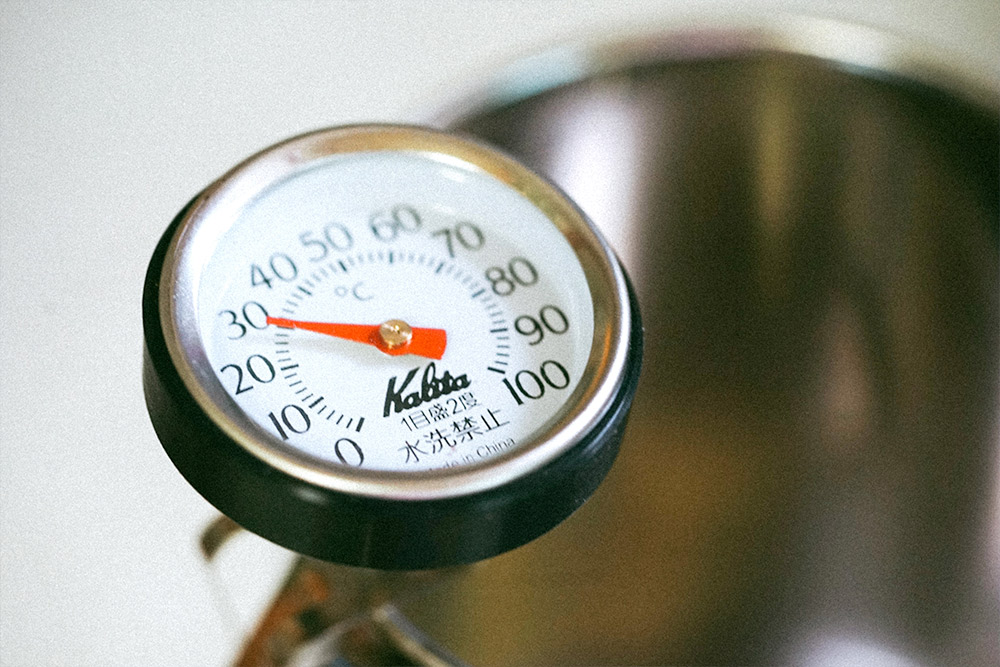
Kitchen Smarts: Temperature is Everything
Streamlining time and temperature management during meal service.
The advent of the first universal temperature scales, developed by Daniel Gabriel Fahrenheit and Anders Celsius in the early 1700s, provided humans the power to quantify temperature for use in everything from weather and illness to recipes and research. It is difficult to imagine a world without temperature setting the standard for how to dress for the day, or how long to cook a roast and how cool to set a refrigerator. Thermometers can tell us when food has been heated to a level able to kill or reduce bacterial growth, and whether our refrigerators and freezers will be able to adequately prolong shelf life of foods. Temperature monitoring should be a priority for food service establishments not only to ensure food is safe to eat at the point of cooking and production, but also that it stays safe to eat throughout service. In previous articles in this series we discussed the importance of keeping hot foods hot, and cold foods cold, with methods to keep foods out of the temperature danger zone (40?-140?F). This week, we’re highlighting key aspects in food service temperature monitoring to reduce risk of foodborne illness and preserve resources in the kitchen
- Verify and record temperatures of storage and holding appliances (e.g. freezers and holding cabinets) daily to ensure proper operation.
- Always verify temperatures upon receiving and store food promptly in the appropriate cold storage areas.
- Take food temperatures at each step of preparation and service and every 2 hours during the holding period.
- Calibrate your thermometers regularly to help ensure accuracy.
- Conduct test plates to ensure proper temperature for every meal during each shift on both weekdays and weekends.
When there is an issue with temperatures, does your staff know how to respond to remedy the situation and ensure safety? What procedures do you have in place to ensure proper temperature maintenance and control within your kitchen? Do you provide staff training on the importance of proper temperature management?
Temperature control is essential in maintaining both the safety and quality of food, which in turn can help prevent illness and overall improve customer satisfaction. Remember, when your staff monitors food temperatures, you are not only making your food safe, but also avoiding the hassle of an unnecessary inspection compliance deficiency.
(1) W. E. Knowles Middleton. The History of the Thermometer and its Use in Meteorology. Baltimore: Johns Hopkins University Press, 1966. Accessed online: The Galileo Project. September 2019.

 HOME
HOME